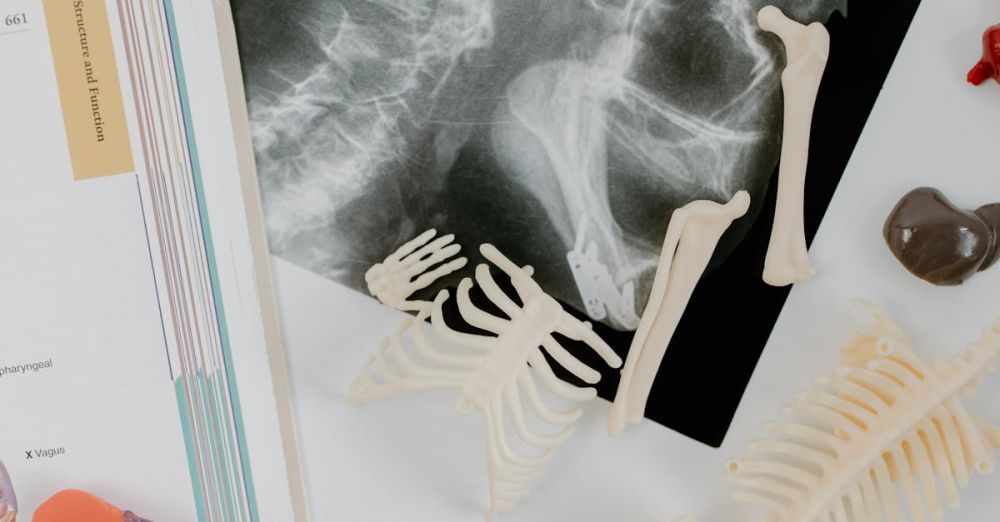How to Choose the Best Science Kits for Kids
Science kits for kids can ignite a passion for discovery, inspire critical thinking, and offer a hands-on approach to learning. With so many options available, finding the right kit can be overwhelming for parents and guardians. Whether you’re looking to nurture a budding scientist or simply want to provide an engaging activity, understanding how to choose the best science kits is essential. This guide will help you navigate the vibrant world of science kits and select one that will captivate and educate.
Consider Age Appropriateness
When selecting a science kit, it’s crucial to consider the age of the child. Science kits are often designed with specific age groups in mind, ensuring that the activities are suitable for their developmental stage. For younger children, look for kits that emphasize basic concepts through colorful and engaging experiments. These kits typically include safe materials and simple instructions. For older kids, more complex kits that delve into chemistry, robotics, or engineering can be exciting and challenging. Always check the age recommendations on the packaging to avoid frustration and ensure a positive learning experience.
Evaluate Educational Value
Not all science kits are created equal when it comes to educational content. The best kits provide a balance between fun and learning. Look for kits that align with educational standards or have been developed in collaboration with educators. These kits often include detailed explanations of scientific principles, fostering a deeper understanding of the subject matter. Additionally, consider kits that encourage critical thinking and problem-solving. A fantastic science kit will inspire curiosity and motivate children to ask questions, experiment, and draw conclusions.
Check for Safety Standards
Safety is paramount when selecting science kits for children. Investigate the materials included in the kit to ensure they are non-toxic and safe for kids to handle. Look for kits that are labeled as ASTM or EN71 compliant, meaning they have passed safety tests. If the kit involves potentially hazardous materials, such as chemicals, ensure adult supervision is recommended. Always read reviews and product descriptions to get a clearer idea of what safety precautions are taken. A safe science kit allows kids to explore without risk, creating a worry-free environment for both children and parents.
Explore Variety and Themes
Science is a vast field with numerous branches, so consider what interests your child the most. Some kits focus on chemistry, while others may delve into biology, physics, or engineering. If your child has a specific interest—like dinosaurs or space—there are science kits tailored to those themes. Offering a variety of kits can keep the learning experience fresh and exciting. Additionally, look for kits that combine multiple disciplines, such as a robotics kit that incorporates elements of physics and engineering. This approach can provide a more holistic understanding of scientific concepts.
Look for Detailed Instructions and Support
A well-structured science kit will come with clear, concise instructions that guide children through each experiment. Kits that include colorful diagrams, step-by-step guides, and troubleshooting tips make the learning process smoother and more enjoyable. Some kits may also offer online resources, such as instructional videos or additional experiments, which can further enhance the experience. When kids feel supported in their experiments, they are more likely to engage deeply and develop a lasting interest in science.
Encourage Collaborative Learning
Science can be a solitary pursuit, but it’s often more engaging when shared with others. Look for kits that encourage collaboration, whether through group experiments or projects that can be completed with friends or family. Collaborative learning not only makes the experience more enjoyable but also teaches valuable skills such as teamwork and communication. Many science kits come with enough materials for multiple participants, making them perfect for playdates or family activities.
Nurturing Future Innovators
Selecting the right science kit can play a significant role in nurturing a child’s interest in science and technology. By considering age appropriateness, educational value, safety, thematic variety, and support resources, you can find a kit that not only entertains but also educates. These engaging tools can spark curiosity and foster a love for learning that lasts a lifetime. As you embark on this journey, remember that the ultimate goal is to inspire young minds and help them explore the wonders of the scientific world.







